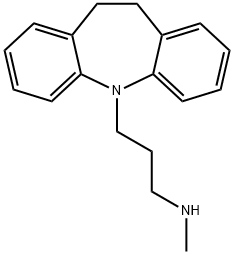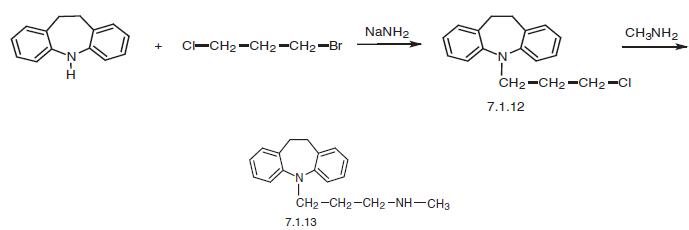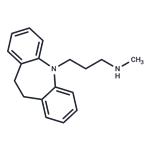
DESIPRAMINE
- Product NameDESIPRAMINE
- CAS50-47-5
- CBNumberCB3257775
- MFC18H22N2
- MW266.38
- EINECS200-040-0
- MDL NumberMFCD00242884
- MOL File50-47-5.mol
Chemical Properties
| Melting point | 212°C |
| Boiling point | bp0.02 172-174° |
| Density | 0.9934 (rough estimate) |
| refractive index | 1.5200 (estimate) |
| pka | pKa 10.21(-)(H2O t=20) (Uncertain) |
| form | powder |
| color | white |
| FDA UNII | TG537D343B |
| ATC code | N06AA01 |
| EPA Substance Registry System | Desipramine (50-47-5) |
Safety
| Symbol(GHS) |
 
|
| Signal word | Danger |
| Hazard statements | H370-H336-H302 |
| Precautionary statements | P264-P270-P301+P312-P330-P501-P261-P271-P304+P340-P312-P403+P233-P405-P501-P260-P264-P270-P307+P311-P321-P405-P501 |
| Hazard Codes | Xn |
| Risk Statements | 20/21/22 |
| Safety Statements | 36 |
| WGK Germany | 3 |
| Hazardous Substances Data | 50-47-5(Hazardous Substances Data) |


